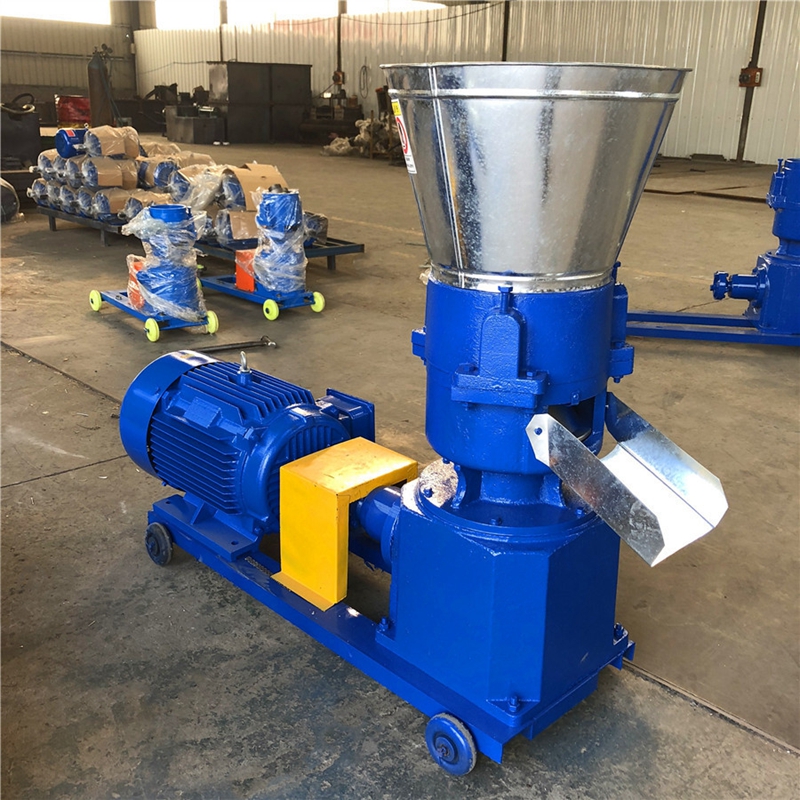Machine for Peeling Skin from Chicken Feet Efficiently and Quickly
Dec . 14, 2024 19:44 Back to list
Machine for Peeling Skin from Chicken Feet Efficiently and Quickly
The Importance of Chicken Feet Skin Peeling Machines in Poultry Processing
In recent years, the demand for chicken feet has surged, primarily due to their nutritional value and culinary versatility in various cuisines worldwide. Chicken feet are rich in collagen, making them a valuable ingredient in soups, broths, and traditional dishes. However, processing chicken feet can be labor-intensive, particularly when it comes to skin peeling. This is where chicken feet skin peeling machines come into play, significantly enhancing the efficiency and quality of poultry processing.
The Process of Skin Peeling
Traditionally, peeling the skin off chicken feet was a manual process requiring skilled labor. Workers had to meticulously remove the skin, often resulting in inconsistent quality and potential contamination risks. With the rise of fast-paced production demands, this manual labor became insufficient. Enter the chicken feet skin peeling machine—a revolutionary tool that automates the skin peeling process, ensuring consistent results while maintaining hygiene standards.
How Chicken Feet Skin Peeling Machines Work
The design of chicken feet skin peeling machines is based on principles of mechanical engineering and food technology. These machines function by utilizing a combination of mechanical action, temperature, and sometimes water pressure to effectively remove the skin without damaging the underlying tissue.
Typically, the process starts with the chicken feet being fed into the machine, where they are first washed to remove any dirt or residual contaminants. Once cleaned, the feet enter the peeling chamber, where the skin is loosened through specific mechanical movements and sometimes warm water. The precision of these machines means that the skin is peeled off uniformly, producing a product that is ready for further processing or direct sale.
Benefits of Using Skin Peeling Machines
1. Efficiency and Speed One of the most significant advantages of using chicken feet skin peeling machines is the increase in processing speed. Automated machines can peel thousands of chicken feet in an hour, compared to the limited output of manual labor. This efficiency allows poultry processors to meet market demands more effectively.
chicken feet skin peeling machine

2. Consistency These machines ensure that the peeling process is uniform, resulting in high-quality products with minimal waste. This consistency is crucial for businesses aiming to build and maintain a strong reputation in the market.
3. Hygiene Standards With stringent hygiene regulations in food processing, using a machine helps reduce the risks associated with human handling. Skin peeling machines are designed to operate under hygienic conditions, minimizing contamination and ensuring that the final product is safe for consumption.
4. Labor Costs By automating the skin peeling process, companies can reduce their reliance on manual labor, thereby lowering labor costs. This not only helps in saving money but also allows workers to focus on other essential tasks within the processing facility.
5. Versatility Many modern chicken feet skin peeling machines come equipped with adjustable features that allow them to cater to various sizes and types of chicken feet. This versatility means that processors can adapt to different market needs and optimize their production processes.
The Future of Chicken Feet Processing
As the global appetite for chicken feet continues to grow, so does the technology surrounding their processing. Innovations in chicken feet skin peeling machines will likely focus on enhancing efficiency, reducing energy consumption, and integrating better cleaning and sanitization processes. Furthermore, advancements in automation and AI technology may lead to even smarter machines capable of monitoring and adjusting their operations in real-time.
Conclusion
In conclusion, chicken feet skin peeling machines are vital components in the modern poultry processing industry. They not only enhance efficiency and product quality but also align with contemporary hygiene standards. As demand for chicken feet rises, embracing these advanced machines will be essential for processors looking to compete successfully in the global market. The evolution of this technology will undoubtedly shape the future of poultry processing, leading to greater innovation and improved product offerings for consumers worldwide.
-
Hot Sale 24 & 18 Door Rabbit Cages - Premium Breeding Solutions
NewsJul.25,2025
-
Automatic Feeding Line System Pan Feeder Nipple Drinker - Anping County Yize Metal Products Co., Ltd.
NewsJul.21,2025
-
Automatic Feeding Line System Pan Feeder Nipple Drinker - Anping County Yize Metal Products Co., Ltd.
NewsJul.21,2025
-
Automatic Feeding Line System - Anping Yize | Precision & Nipple
NewsJul.21,2025
-
Automatic Feeding Line System - Anping Yize | Precision & Nipple
NewsJul.21,2025
-
Automatic Feeding Line System-Anping County Yize Metal Products Co., Ltd.|Efficient Feed Distribution&Customized Animal Farming Solutions
NewsJul.21,2025






